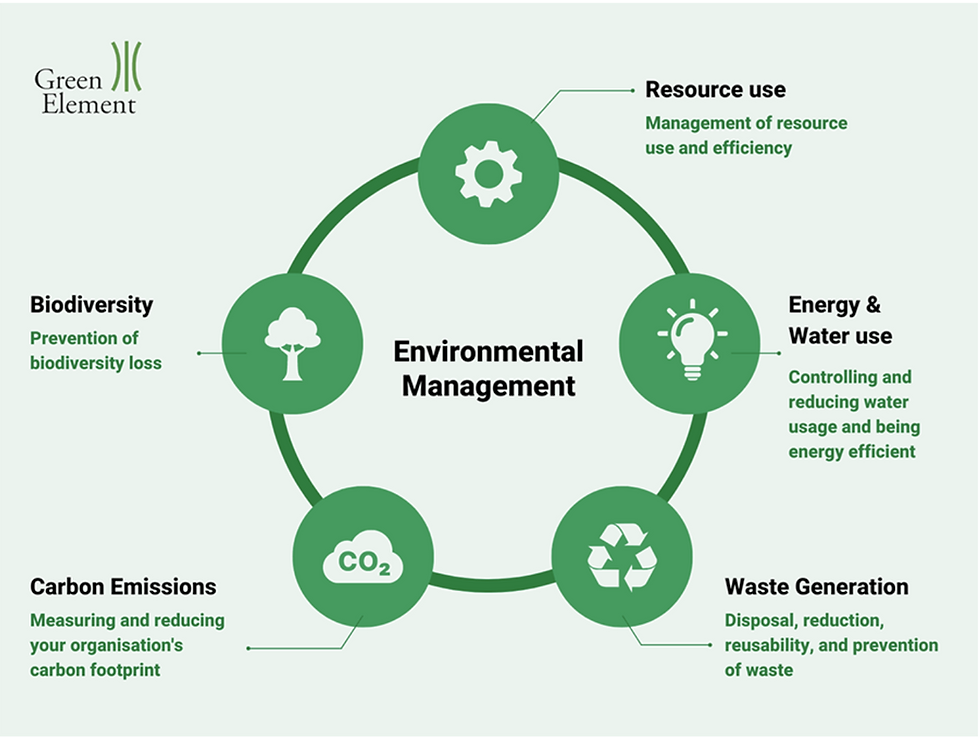Manual handling at work
- Dorset Health and Safety

- Apr 15, 2022
- 4 min read

1. Overview
As an employer, you must protect your workers from the risk of injury from hazardous manual handling in the workplace. Manual handling means transporting or supporting a load by hand or bodily force. It includes lifting, putting down, pushing, pulling, carrying or moving loads. A load can be an object, person or animal.
The law sets out how employers must deal with risks from manual handling:
avoid hazardous manual handling, so far as reasonably practicable
assess the risk of injury from any hazardous manual handling operations that cannot be avoided
reduce the risk of injury from hazardous manual handling to as low as reasonably practicable
The weight of a load is important, though the law does not set specific weight limits.
In some cases, you must provide information about the weight and position of the centre of gravity of each load, if there is a risk of injury and it is reasonably practicable to do this.
2. Avoid hazardous manual handling
You can avoid hazardous manual handling operations by:
redesigning the task to avoid moving the load
automating or mechanising the process
The best time to decide about mechanisation or automation is when you design plant or work systems. Design the layout of a process so there is very little movement of materials.
Consider introducing, for example, a conveyor, a chute, a pallet truck, an electric or hand-powered hoist, or a lift truck to reduce the risk of harm. Mechanical aids can also help reduce or eliminate risks from manual handling.
3. Assess manual handling you can't avoid
Assess the risk of injury from any hazardous manual handling operations that cannot be avoided.
You should consider the task, the load, the working environment and individual capability, for example:
the postures adopted
how far the load is lifted, lowered or carried
the frequency of the task
the weight of the load
the nature of the load (for example hot, sharp or slippery)
cramped work areas
poor floor surfaces
poor lighting, extremes of temperature
workers' strength, fitness and underlying medical conditions (for example a history of back problems)
Also, look out for:
workers breathing heavily and sweating
workers who complain of excessive fatigue
reluctance to do a particular task
the availability of equipment to help with the lift
Choose the right level of assessment for each task
Some tasks are low risk and don't need formal assessment. There are simple filters to help you distinguish low-risk tasks from those which need a more detailed assessment.
We also have risk assessment tools to help you identify high-risk handling operations and prioritise action to control the risks:
the Manual Handling Assessment Charts (MAC) tool for lifting, carrying and team handling
the Variable Manual handling Assessment Chart (V-MAC) tool to help assess complex manual handling operations where load weights vary
the Risk Assessment of Pushing and Pulling (RAPP) tool
the Assessment of Repetitive Tasks (ART) tool if the task involves repetitive work using the upper limbs
Our detailed checklists (PDF) can help you assess the more complex lifting and carrying or pushing and pulling operations.
Consult your workforce
Consult and involve your workforce in your risk assessment. They and their representatives know the risks in your workplace and may have practical solutions. Operators can often tell you which activities are unpopular, difficult or hard work.
4. Reduce the risk of injury
Measures to control risk will vary depending on the task. Reduce the risk of injury from hazardous manual handling operations you can't avoid. Where possible, provide mechanical help, for example a sack trolley or hoist. Where this is not reasonably practicable, explore changes to the task, the load and the working environment.
If manual lifting is the only option then there are things you can do to reduce the risk, including:
make the load smaller or lighter and easier to grasp
break up large consignments into smaller loads
modify the workplace to reduce carrying distances, twisting movements, or the need to lift things from floor level or above shoulder height
change the work routine to avoid excessive work rates and tight deadlines
improve the environment – more space, better flooring, extra lighting or changing the air temperature can make manual handling easier and safer
make sure the person doing the lifting has been trained to lift as safely as possible
5. Training
Training can be important in raising awareness and reducing risk, but it won't ensure safe manual handling on its own. You should first design the manual handling operations to be as safe as reasonably practicable. You should also monitor and review procedures to make sure workers understand and apply them.
Training should be relevant to the type of work carried out and should cover:
manual handling risk factors and how injuries can happen
how to use mechanical aids
how to carry out safe manual handling, including good handling techniques
systems of work relevant to the worker's tasks and environment
practical work so the trainer can identify anything the trainee is not doing safely and put it right
The content of any training in good handling technique should be tailored to the tasks the workers carry out.
6. The law
The Manual Handling Operations Regulations require employers to avoid, assess and reduce the risk of injury from manual handling.
For manual handling training for your workforce, contact Dorset Health and Safety via our ontact Us page on this website.






Comments